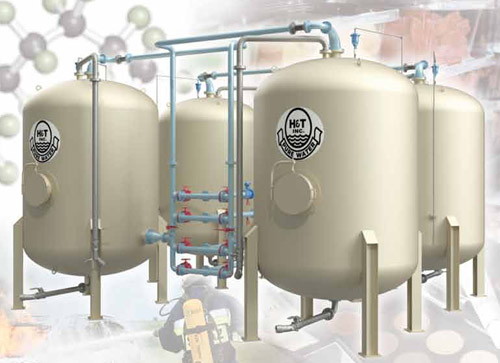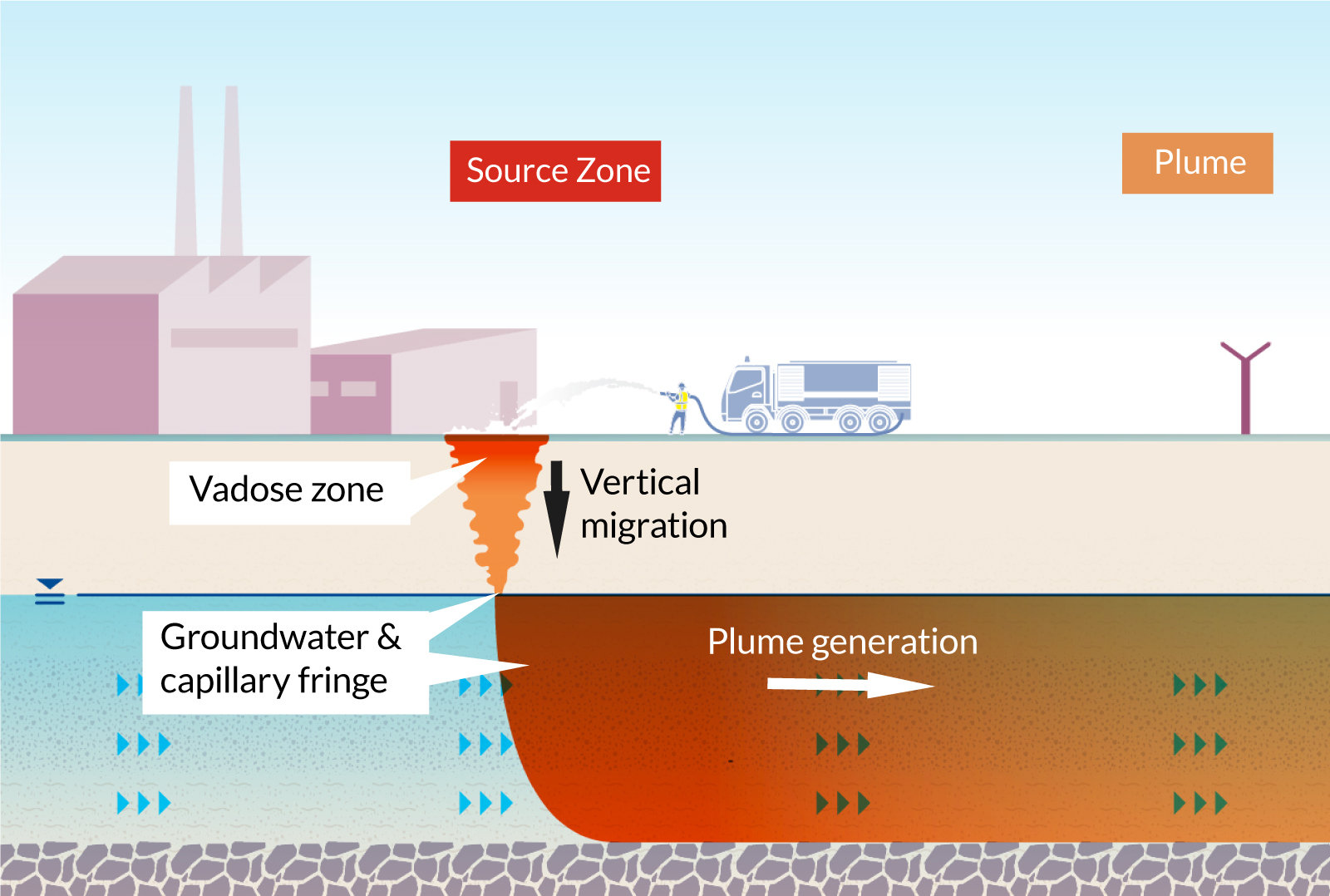Advanced Methods for Reliable PFAS Contamination Removal
The relentless obstacle of PFAS contamination demands the exploration of advanced removal methods that can effectively address these harmful substances. Cutting-edge modern technologies, such as sophisticated oxidation procedures and different adsorption methods, have emerged as encouraging remedies in mitigating PFAS from impacted environments.
Comprehending PFAS Properties
Although per- and polyfluoroalkyl materials (PFAS) have actually been commonly utilized in numerous commercial and consumer products because of their one-of-a-kind homes, their persistence in the atmosphere poses substantial obstacles to public health and safety. PFAS are a team of artificial chemicals identified by a carbon-fluorine bond, one of the toughest chemical bonds understood, which adds to their extraordinary stability and resistance to destruction. This stability permits PFAS to collect in the environment and living organisms, leading to possible unfavorable wellness effects.
The hydrophobic and oleophobic nature of PFAS makes them particularly reliable in applications such as non-stick finishings, stain-resistant fabrics, and firefighting foams. These exact same properties contribute to their ecological persistence, as PFAS do not quickly damage down with all-natural processes. In addition, their widespread use has actually led to ubiquitous contamination of water resources and soils, making complex removal efforts. Recognizing the chemical homes of PFAS is crucial for developing effective methods to manage and alleviate their ecological influence. The unique characteristics of these compounds require a nuanced strategy to resolve the obstacles posed by their presence in communities and prospective human direct exposure.
Ingenious Remediation Technologies
The determination of PFAS in the environment has actually stimulated the development of cutting-edge remediation modern technologies focused on effectively getting rid of these pollutants from affected ecological communities. Amongst one of the most appealing techniques are advanced oxidation processes (AOPs), which make use of powerful oxidants to break down PFAS substances into less hazardous substances. AOPs can be tailored to target details PFAS structures, boosting their efficacy.
Another emerging innovation is the use of adsorption media, such as turned on carbon and ion exchange resins, which can uniquely capture PFAS from infected water. These materials have revealed significant removal efficiencies, although regular replacement and regrowth are needed to maintain performance.
Membrane layer filtration techniques, including reverse osmosis and nanofiltration, are likewise gaining grip in PFAS remediation. These techniques can properly divide PFAS from water, offering a viable remedy for dealing with contaminated sources. Furthermore, thermal therapy methods, such as incineration, can decay PFAS right into safe by-products, though they require careful management to manage emissions.
Jointly, these innovative removal technologies stand for considerable innovations in the ongoing fight versus PFAS contamination, using different strategies to recover damaged environments and safeguard public health and wellness.

Bioremediation Techniques
Bioremediation techniques use a promising technique to addressing PFAS contamination by harnessing the natural capabilities of microbes to break down these relentless compounds (m270 waste management). This method includes using germs, fungi, and other microbes that can metabolize or change PFAS materials right into less hazardous byproducts
Recent innovations in molecular biology and ecological microbiology have actually improved our understanding of microbial communities and their potential functions in PFAS destruction. Researchers are actively exploring particular stress of germs, such as Pseudomonas and Bacillus, which have shown the capacity to damage down specific PFAS substances.
In situ bioremediation techniques, where bacteria are stimulated straight in infected environments, can be especially effective. This method commonly entails the application of nutrients or electron benefactors to promote microbial development and activity. Additionally, ex-spouse go right here situ techniques, such as bioreactors, enable regulated conditions that can enhance destruction prices.
Regardless of the guarantee of bioremediation, challenges remain, including the intricate nature of PFAS substances and the need for extensive area testing - m270 waste management. Continued r & d will be important to fine-tune these strategies and assess their effectiveness in diverse ecological contexts
Adsorption and Filtration Methods
Addressing PFAS contamination usually entails using adsorption and purification approaches, which are made to get rid of these consistent chemicals from water and dirt. Among the different methods, activated carbon adsorption is widely made use of due to its high surface and porosity, enabling reliable capturing of PFAS particles. Granular activated carbon (GAC) systems are particularly favored for dealing with huge volumes of contaminated water, while powdered activated carbon (PAC) can be made use of for smaller-scale applications.
Ion exchange materials also reveal assurance in PFAS removal, working by exchanging PFAS ions with much less unsafe ions in the water. This method has demonstrated performance in focusing PFAS substances, promoting important site their succeeding removal. In addition, membrane filtration techniques, such as reverse osmosis and nanofiltration, operate by utilizing semi-permeable membrane layers to separate PFAS from water, effectively reducing their focus.
While these approaches work, they should be carefully chosen based on the certain PFAS compounds existing and the environmental context. Continual improvements in materials science and design are resulting in the growth of novel adsorbents and purification systems that improve elimination efficiencies and decrease functional costs, consequently improving general removal efforts.
Regulatory and Policy Factors To Consider
How can reliable regulatory frameworks boost the management of PFAS contamination? Detailed plans are important to make sure a coordinated and robust feedback to the challenges presented by per- and polyfluoroalkyl materials (PFAS) Regulations can establish clear standards for surveillance, reporting, and remediating PFAS-contaminated websites, promoting responsibility amongst industries and public entities. (m270 waste management)

Additionally, financial rewards and gives can be incorporated into policies to encourage the fostering of innovative removal technologies. Policymakers ought to likewise focus on research and development, making sure that arising approaches for PFAS elimination are confirmed and implemented efficiently.
Additionally, public recognition and involvement are crucial components of any regulative method, encouraging areas helpful resources to support for their health and wellness. Eventually, a well-structured regulative atmosphere will certainly not only improve the administration of PFAS contamination however likewise promote lasting techniques that protect future generations.
Conclusion
In recap, the intricacy of PFAS contamination necessitates the fostering of advanced removal techniques. Proceeded research study and development in this field remain essential to attending to the challenges postured by PFAS contamination.